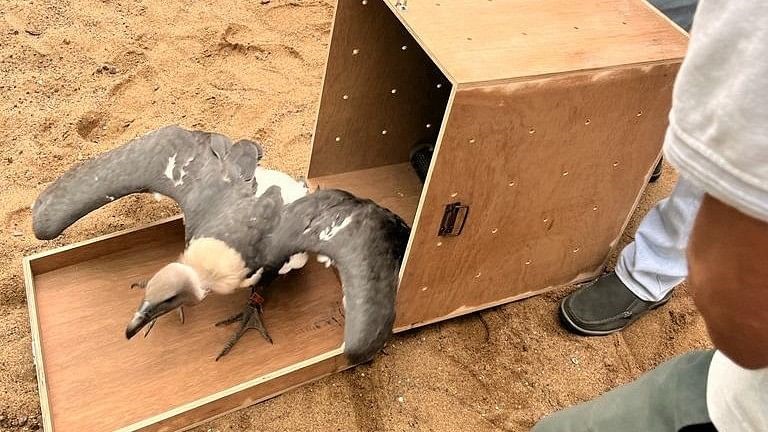Free Courses Sale ends Soon, Get It Now


Free Courses Sale ends Soon, Get It Now



Disclaimer: Copyright infringement not intended.
Context
Background
White rumped Vulture
Habitat and distribution
Conservation Status
Threat
Measures Taken
Benefits to human and Environment
|
Tower of Silence It is a traditional custom/practice of the Parsis. After death of a person they place the dead in the structure called ‘Towers of Silence’. Vultures can feed upon the body. |
Must Read Article:
https://www.iasgyan.in/daily-current-affairs/vultures-in-india
|
PRACTICE QUESTION Vultures help in keeping environment clean. Their declining population can pose a risk to human health. Discuss in context of White humped vulture. Also mention the initiatives taken by government to conserve the population of vultures. (250 words) |
https://www.freepressjournal.in/bhopal/bhopal-20-white-rumped-vultures-brought-from-haryana
© 2024 iasgyan. All right reserved